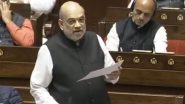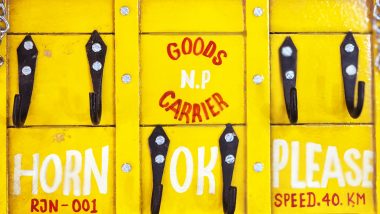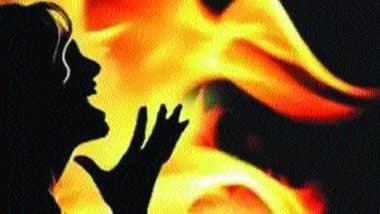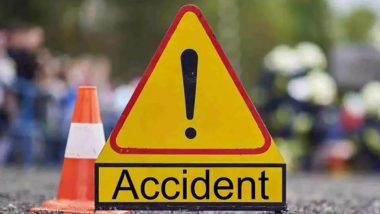We have been observing the grammatically wrong phrase 'Horn OK Please' behind trucks in the country. But ever wondered from where this funny sounding phrase begin? Well, there are many theories given to these simple three letters painted on the back of trucks. If you have grown up in India, you very well know the condition of driving on the Indian roads, in cities or rural. Loud honking is one of the characteristics of Indian drivers, causing a cacophony in areas of traffic. The phrase has only contributed to more honking, to say the least. Can we say that's the only 'painted' traffic rule drivers have been following?
The historical origins of the phrase go back to the Second World War. Due to the shortage of diesel that time, the trucks used to run on kerosene. To keep the others aware of the fuel situation, the drivers painted 'OK' which represented 'On Kerosene.' So this is why the OK was painted in a much bigger font than the other two words. A slightest of mistake could cause a big accident because of the flammable kerosene. The original sign was Horn Please but the placement of OK stayed.
Another user on the internet stated that in the olden days, drivers had a bulb attached over the word 'Ok' which lit up to signal the vehicle behind it is alright to overtake. But over time, the drivers stopped putting up the blub, due to the maintenance cost and the OK just remained. The OK is also painted in bold to indicate safe distance for the vehicle behind. Other than the 'Keep Safe Distance' phrase which is also seen on most of the truck backgrounds.
Among the many theories, the most laughable theory remains that it was a sly marketing theory by conglomerate TATA who had launched the detergent named 'OK.' Like can you imagine a marketing technique gone so ahead that it almost becomes a compulsion to be on the trucks? The state government of Maharashtra had even banned the phrase back in 2015 stating the so-called order is pushing more people to honk and resultant of rising noise pollution. Whatever the theories state, but the phrase has become a part of the Indian cultural consciousness. A truck that does not have this message painted seems incomplete. The phrase has even found a place in the pop culture with films and songs made on it. The truck paintings are indeed an art and we often fail to appreciate them.
(The above story first appeared on LatestLY on Jun 08, 2018 05:51 PM IST. For more news and updates on politics, world, sports, entertainment and lifestyle, log on to our website latestly.com).













 Quickly
Quickly




















